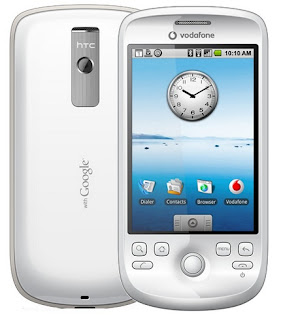Lenova G470
Lenovo G470 offers an option of processors between AMD and Intel. The choice is between AMD Fusion Brazos line and the Intel second-generation processors. Both of these are the latest technology and most people prefer to buy it with AMD processor because it is said that AMD processors are speedier than Intel processors. Lenovo announched this news on CES 2011. They said that they updated all of their G series with processor option.
Memory of Lenovo G470
Lenovo G470 is equipped with DDR3 Ram of up to 8 GB memory. This allows your computer to work at very high speed even while performing several tasks at a time.
Hard disk of Lenovo G470
A hard disk of 640 GB with solid-state technology is also installed in your computer and you can upgrade it up to 1TB. Solid State technology is the latest technology, which sense if your laptop is dropped or falls and locks your hard disk to prevent any data loss.
Graphics card of Lenovo G470.
For your graphic card, you have the option to choose between AMD discreet graphics or Intel HD graphics.
Others information
The system normally comes with latest operating system of Microsoft Windows 7. It is available in home premium, professional and ultimate edition of Windows 7. The system also includes an integrated microphone and a 2-megapixel camera for video chatting. The system also includes Ethernet, Wi-Fi, HDMI, 2 USB 2.0, 1 e-SATA, 1 USB combo, multi card reader and an optical drive. Stereo speakers are included in this machine to provide you high quality sound. A 6-cell battery that provides a battery timing of about 4 hours powers this laptop. Lenovo offers one-year onsite warranty on this laptop. There a separate section built for customer support on the official website of Lenovo, you can simply log into it and access FAQ’s and instant ticketing system.
About Lenovo G470
The laptops weighs 2.60 kg that is less if compared to the other laptops of the same specifications in the market. It has a very glossy outer body, which gets finger print impression on it by the touch, but most people like it because the laptops keeps on looking new even after sometime of use. The inner side of the laptop is finished with an aluminum that gives it an elegant look. The back lit display also add to its grace and looks. This laptop is equipped with a Chiclet type keyboard is very convenient for typing long documents. The touch pad of the system does not have multi touch feature and yet it is quite sensitive and works very well.
Lenovo G470, G475, G570, G575 Laptop Technical Specifications:
· Up to Intel Core i7 Processor or AMD Brazos Fuson
· Windows 7 OS
· AMD Radeon HD 6370M ~ 6650M Graphics Card
· up to 8GB DDR3 RAM
· up to 750GB Hard Disk
· DVD Writer/Blu-Ray
· Bluetooth & Wi-Fi 802.11n
· 5-in-1 Memory Card Reader
· HDMI-Out
· Multi-Touch Touchpad
· Accu Type Keyboard
Features
· Cheap Price
· Latest processor technology
· Lenovo Enhanced Experience 2.0 for Windows 7 with RapidBoot technology
· Energy Management
· OneKey Rescue System









